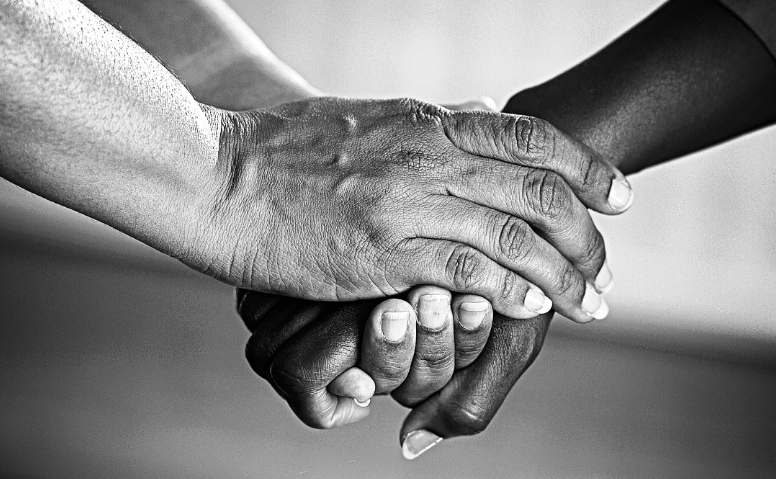When you look at the people who have changed the world to make it more kind, generous, and safe, none of them accomplished their goals by themselves.
They did it together with people who shared their values, who supported each other, to effect the changes we admire. These communities help us succeed where we cannot by ourselves.
Sometimes this can look like others showing up when we are at our weakest. Just knowing that we have others to support us, willing to “show up,” makes us stronger even as we risk failure. Sometimes it can look like the community taking on important work we don’t have time to complete. No matter how it appears, the end result is that the community supports one another, shares their passions, and achieves big things. What leader doesn’t want this?
For the purposes of my work, I define a community as “a group of people who share mutual concern for one another’s welfare.” A group may call itself a community but if members are really only looking out for themselves, they’re just a group.
Alternatively, a self-identified group could be made up of residents of a particular city block, Olympic weightlifters, or African bush pilots. But despite their loose affiliation, they may in fact care deeply about one another’s well-being. That makes them a community.
How can you tell the difference? It’s not always easy to tell until one member of the group is in trouble. If the other members rally around, it’s a community. If not, it’s a group. And it may take an emergency to reveal to the members themselves that they have a true community.
I bring this up because sometimes leaders claim to have (or belong to) a community but it’s just wishful thinking on their part. Managers want to believe their crew members watch out for one another. Executive directors want to believe that board members and donors are a community. Coaches want to believe their players are in a community. It’s possible they are. But saying it doesn’t make it so.
A real community is comprised of relationships that are effective and resilient. These relationships can then in turn lead to profound change, however you define it.
What interests me is how we as leaders can identify what’s not present when we aim to create community. We need to create a feeling of belonging. We want to belong and we want to let others know that they belong. A big part of that feeling of belonging comes when we see that others care about our success and failures. It makes a big difference when a leader recognizes that a group of people has grown into more than a collection of like-minded or, perhaps, conveniently located people.
So are you as a leader, building a group into a community? Here are three ways you can start:
- Make it explicit how much you care about the success, failures, and growth of members. If you don’t care or you simply rely on them “figuring it out”, then there is a lot of room to build belonging. This effort can consist of something as simple as a short phone call where you ask about their status and aspirations, or it can be a series of long, deep, in-person conversations.
- Make it clear when someone is “on the inside” of the group. This can come as an informal conversation. It can also be fun and meaningful to make some ritual that members know will acknowledge their “official” belonging. The options for rituals are endless, from sharing a representational token to a firm handshake.
- Articulate how you support members to grow as they aspire to. If you don’t know how members want to grow and/or you are not offering to support them in some way, then your group isn’t offering a powerful place for them to belong. Now, it could be that simply offering supportive friendship or access to hard-won elder knowledge is enough. Do you know if that’s true for your community? If so, are you providing that? Very few (possibly no one) wants to invest in a community that detracts from who we aspire to grow into.
An author and executive consultant, Charles Vogl helps leaders in technology, finance, media, government, and social good organizations become more effective in creating meaningful change. Using principles drawn from more than 3,000 years of community and spiritual tradition, he teaches others how to inspire powerful connections in critical relationships, in order to produce the kind of change that impacts generations. His first book, “The Art of Community: Seven Principles for Belonging,” was published by Berrett-Koehler. Take the Community Leader Quiz today.
If you enjoyed this article, join SmartBrief’s e-mail list for our daily newsletter on being a better, smarter leader.
